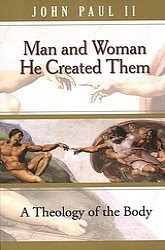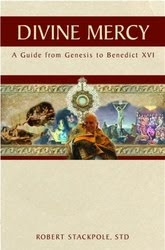The Inner Life of the Trinity

Matthew Coffin The Exchange of Persons in the Trinity The three-leaf clover used in religion classes to explain the mystery of three Divine Persons in one God does not begin to penetrate the incomparable majesty, boundless love, and total communion, which the Church in her Tradition and creeds ascribes to the Godhead. To the early Church Fathers the idea of perichoresis (the exchange of Persons in the Trinity), was indispensable to understanding God. This sublime, metaphysical concept is central to John Paul’s Theology of the Body. The inner life of Father, Son, and Holy Spirit, Divine Love Itself, is dimly but unmistakably reflected in the beauty of the conjugal embrace, the nuptial meaning of our bodies, and the echo of original innocence that resides in the human heart. Before continuing, the term "person" should be defined. A person has an intellect, with which to know and a will, with which to choose. As a result, a person is always a "someone," never a



